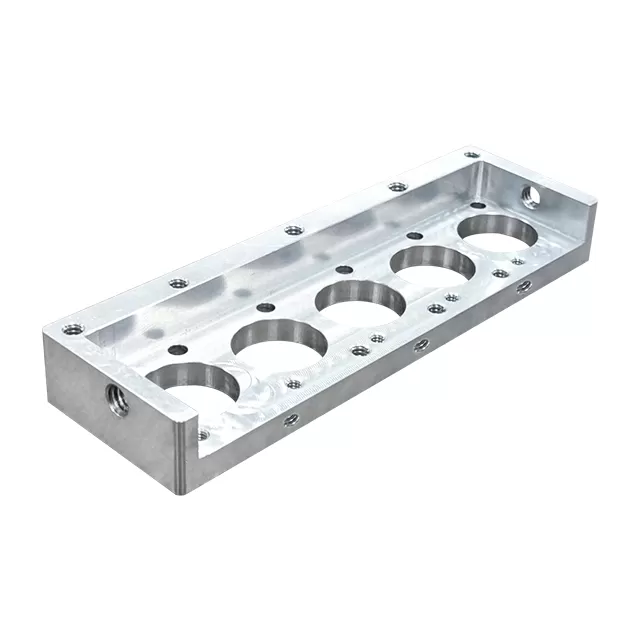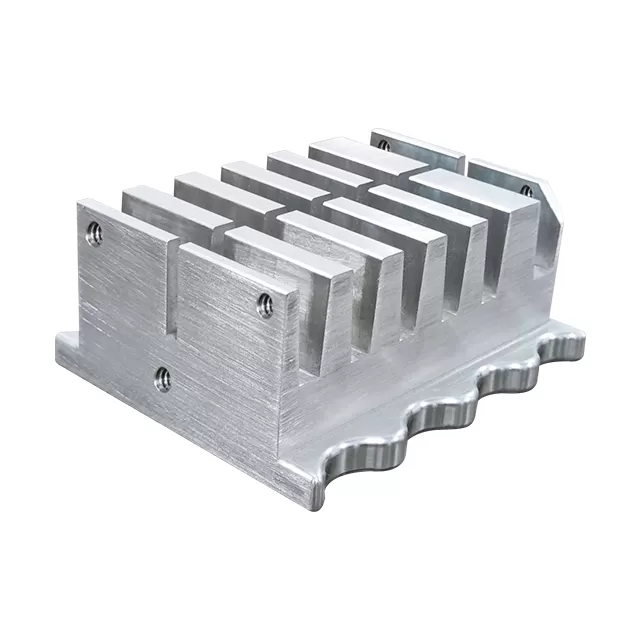Manufacturing is a crucial industry, and the choice between CNC machining and traditional machining can be a difficult decision. Both methods have their advantages and disadvantages, and the choice ultimately depends on the specific needs of the project. In this article, we will explore the differences between CNC machining and traditional machining to help manufacturers make an informed decision.
Understanding CNC Machining
CNC (Computer Numerical Control) machining is a process that uses computer software to control the movement of machines and tools. This method is highly precise and allows for the production of complex shapes and designs. CNC machining also offers a faster turnaround time and can produce larger quantities of products. Additionally, it can be more cost-effective for certain types of projects.

Understanding Traditional Machining
Traditional machining, on the other hand, is a more manual process that involves the use of hand-held tools and machines. This method can be highly skilled and specialized, but it is also more time-consuming and less precise than CNC machining. However, traditional machining can be more cost-effective for smaller production runs, and it allows for greater flexibility and customization.
Which Method is Better?
The choice between CNC machining and traditional machining ultimately depends on the specific needs of the project. For larger production runs or highly complex designs, CNC machining may be the better choice. This method can deliver high precision and faster turnaround times, which is important for large-scale projects. On the other hand, for smaller production runs or projects that require a high level of craftsmanship and customization, traditional machining may be the better option. This method allows for greater flexibility and customization, which is important for projects that require a personal touch.
Advantages and Disadvantages of CNC and Traditional Machining
Both CNC machining and traditional machining have their advantages and disadvantages. CNC machining offers high precision, faster turnaround times, and is more cost-effective for large production runs. However, it is not the best option for smaller production runs or projects that require a high level of customization. Traditional machining, on the other hand, offers greater flexibility and customization at a lower cost. However, it is more time-consuming and less precise than CNC machining.
Factors to Consider
When deciding between CNC and traditional machining, manufacturers should consider a few factors. These include the size of the production run, the complexity of the design, the level of precision required, and the budget. By considering these factors, manufacturers can make an informed decision about which method is best suited for their project.

Benefits of CNC Machining
CNC machining has numerous advantages over traditional machining. One of the most significant benefits is its precision. CNC machines can produce intricate, complex shapes and designs with ease. The level of precision provided by CNC machining is unmatched by traditional machining methods, making it the preferred choice for high-quality, high-precision components.
CNC machining is also faster than traditional machining methods. The use of computer software allows for quick and efficient production times, reducing overall lead times and increasing productivity. Additionally, CNC machines can produce larger quantities of products with ease, making it the ideal choice for large production runs.
Benefits of Traditional Machining
Traditional machining methods have their place in the manufacturing industry. One of the most significant benefits of traditional machining is its flexibility. Traditional machining methods allow for greater customization and personalization, making it the preferred method for projects that require a personal touch.
Traditional machining is also more cost-effective for smaller production runs. The use of hand-held tools and machines is less expensive than the use of CNC machines, making it the ideal choice for small-scale projects.
Conclusion
In conclusion, the choice between CNC machining and traditional machining depends on the specific needs of the project. Manufacturers should consider the advantages and disadvantages of both methods and weigh them against the specific needs of their project. By doing so, they can make an informed decision and ensure that their products are of the highest quality. Whether it is CNC machining or traditional machining, the right choice can make all the difference in delivering a successful project.


